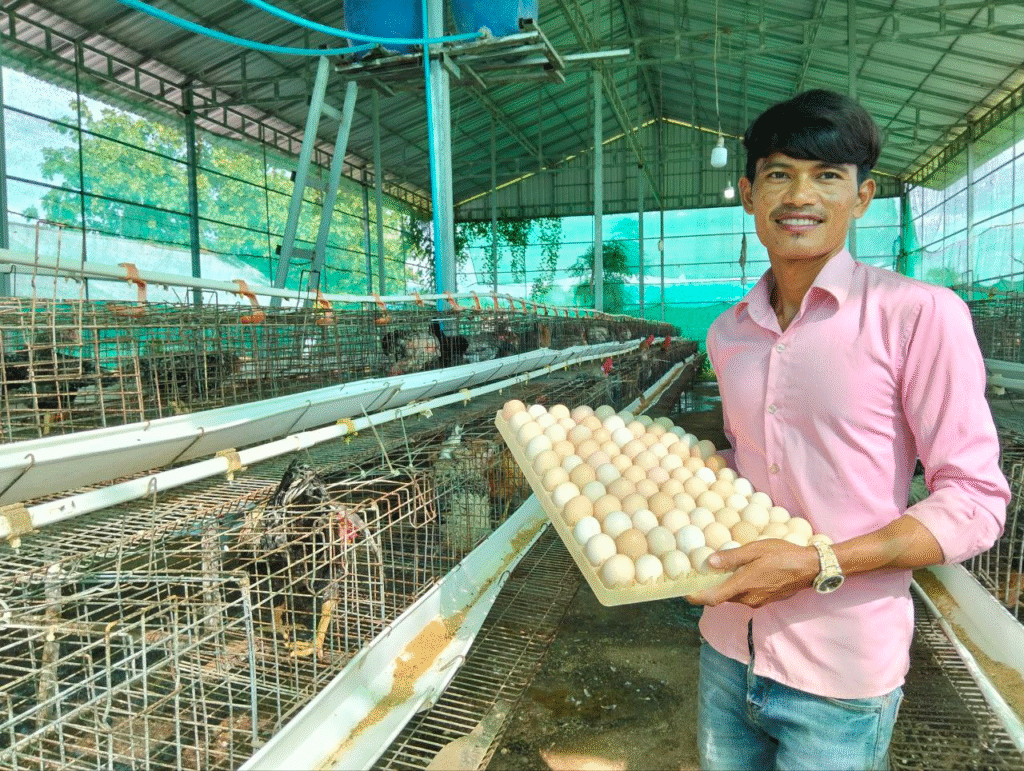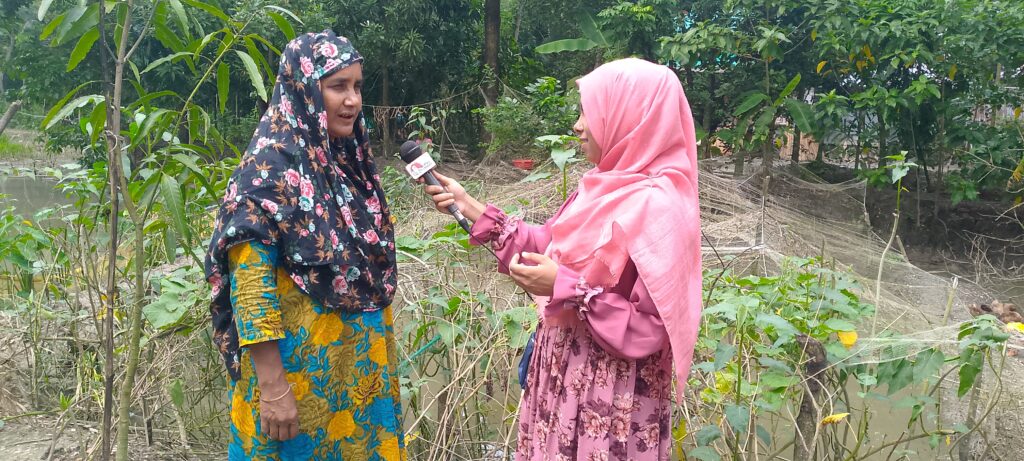How can anticipatory action play a role in Asia and the Pacific amidst climate change?
The Asia Pacific region braces itself as El Niño, the notorious climate phenomenon marked by Pacific Ocean surface temperature rise, makes its presence felt. Asia-Pacific countries now could face the consequential impacts, including erratic weather patterns such as prolonged droughts, unpredictable rainfall, and extreme events like cyclones and floods. But it’s not just the weather that’s alarming.
Disasters in the past decade have caused a staggering number of 225 million internal displacements in Asia and the Pacific, accounting for 78 percent of the global total. Typhoons, floods, earthquakes, and volcanic eruptions emerged as primary drivers, leading to 22.6 million new displacements in 2022 alone, comprising nearly 70 percent of the global disaster displacement count. Among the sectors affected, agriculture bears a substantial burden, accounting for a quarter of the overall disaster damage and loss. Particularly, the sector faces a remarkable impact of droughts, absorbing up to 83 percent of all economic consequences caused by these events.
In response to the looming threats, the Food and Agriculture Organization (FAO) and the International Organization for Migration (IOM) together raise the alarm about the potential impact of El Niño on displacement trends across the Asia-Pacific region this year, as well as increasing likelihood of climate-induced displacement in general. With climate change intensifying El Niño events in frequency and severity, the number of displaced individuals could increase, amplifying existing vulnerabilities tied to the economic crisis and residue of the pandemic.
To confront this challenge head-on, FAO and IOM advocate for scaling up anticipatory action as a promising strategy to manage risks of climate-induced displacement in the region, including those associated with this year’s El Niño. The two organizations have launched a new paper “Climate-induced human mobility: How can anticipatory action play a role in Asia and the Pacific?”, proposing a new model to enhance capacities to predict, prevent, and manage climate-induced displacement. This approach emphasizes proactive measures based on early warnings, offering an alternative to conventional disaster management practices.
Note: This article is originally published in the FAO website.



